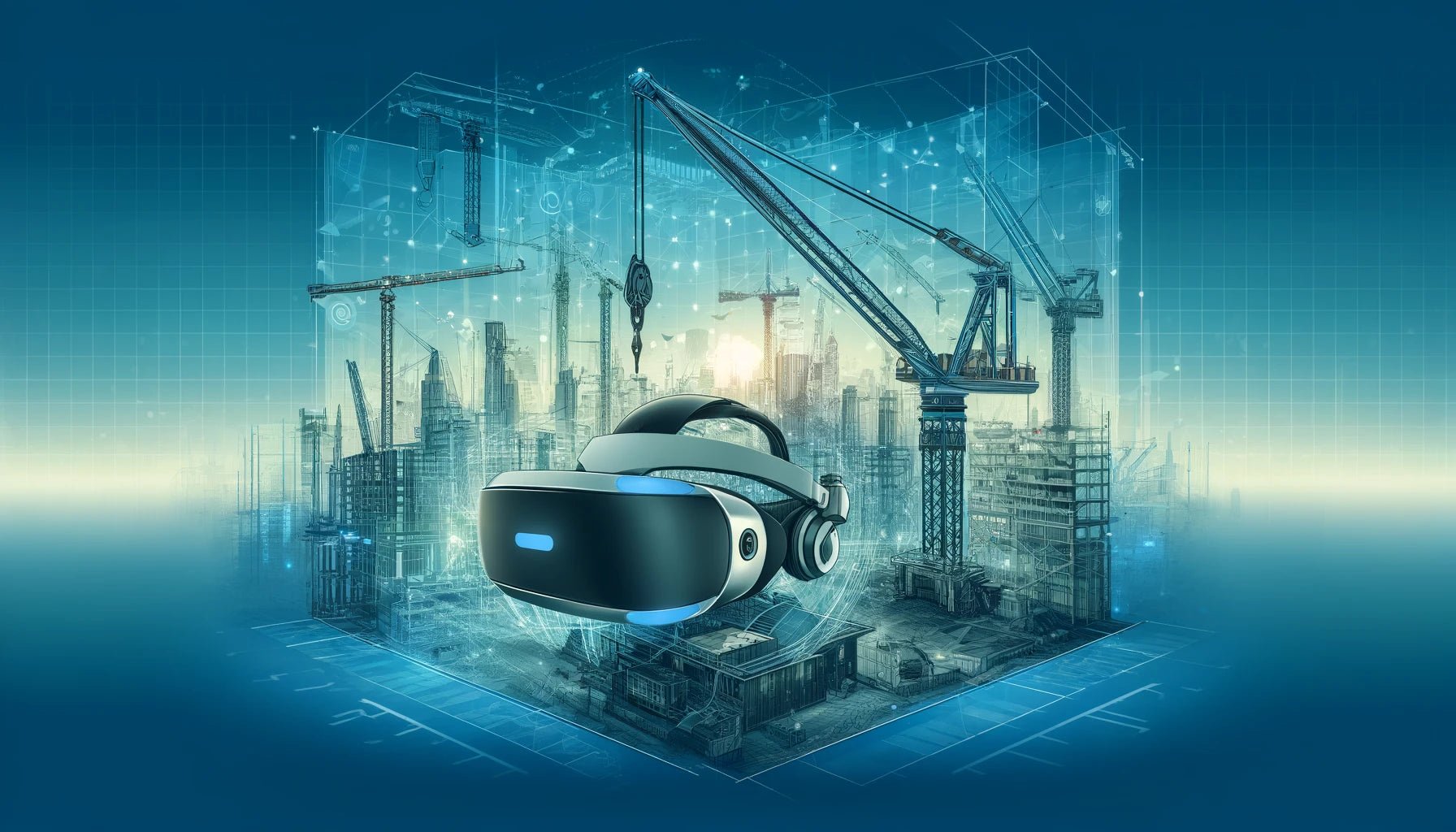Introduction to VR Crane Operation Training
Welcome to an exciting new era of crane operation training, where virtual reality (VR) technology is transforming how we prepare the next generation of crane operators. This innovative approach to training is not only captivating but also highly effective, offering numerous benefits over traditional methods.
The Technology Behind VR Training
At the heart of VR crane operation training is cutting-edge virtual reality technology. This immersive tool simulates real-world scenarios, allowing trainees to experience the nuances of crane operation in a safe and controlled environment. The equipment involved, from VR headsets to motion sensors, creates a highly engaging learning experience.
Comparing Traditional and VR Training Methods
Traditional crane operation training has been the backbone of the industry for decades, focusing on hands-on experience and classroom learning. However, the VR approach introduces an unparalleled level of safety and understanding by allowing learners to practice in simulated environments that replicate actual job sites without the associated risks.
The Real-World Applications of VR Crane Training
VR training bridges the gap between theoretical knowledge and practical skills. It prepares operators for unpredictable situations they might encounter on the job, enhancing their ability to respond effectively.
How VR Training is Shaping the Future Workforce
The introduction of VR into crane operation training programs is fostering a new generation of technically proficient operators. By promoting continuous learning and adapting to new technologies, VR training is setting a new standard in the industry.
Implementing VR Training Programs
For organizations looking to adopt VR training, the process involves understanding the technology, integrating it into existing training curricula, and overcoming initial setup challenges. The investment in VR training pays dividends in creating a safer, more skilled workforce.
The Global Perspective on VR Training
Countries around the world are recognizing the value of VR in training crane operators, with many adopting this technology to elevate their training programs and improve safety outcomes.
Success Stories: VR and Crane Operation
Case studies from various industries demonstrate the effectiveness of VR training in improving safety, reducing training time, and enhancing learner engagement.
FAQs About VR Training in Crane Operation
- How does VR training improve safety for crane operators? VR training improves safety by allowing crane operators to experience and navigate potentially hazardous scenarios in a controlled, virtual environment. This risk-free setting enables them to make mistakes and learn from them without the danger of real-life consequences, significantly reducing the likelihood of accidents during actual operations.
- Can VR training replace traditional hands-on training methods? While VR training is a powerful tool, it is most effective when used in conjunction with traditional hands-on training methods. VR can simulate many scenarios and provide immersive learning experiences, but hands-on training is essential for operators to gain the tactile familiarity and real-world skills needed for safe and efficient crane operation.
- What equipment is required for VR crane operation training? The basic equipment for VR crane operation training includes a VR headset, motion controllers, and a computer or console capable of running the VR software. Some programs may also use specialized equipment like haptic feedback devices or full-motion platforms to enhance the realism of the simulation.
- How realistic are the simulations in VR training? The realism of VR simulations has improved significantly with advances in technology. Modern VR training programs can closely mimic the look, feel, and physics of real crane operation environments, including variables like weather conditions, load weights, and spatial constraints, making them an effective tool for training.
- Does VR training offer certification for crane operators? VR training itself does not offer certification, but it can be part of a certified training program. Certification for crane operators typically involves a combination of theoretical learning, practical training, and assessments, all of which can be supported and enhanced by VR technology.
- How do trainees respond to VR training compared to traditional methods? Trainees often find VR training more engaging and interactive than traditional methods. The immersive nature of VR helps maintain trainees' interest and can improve retention of information. Additionally, the ability to simulate dangerous scenarios safely can enhance learning outcomes and confidence.
- Can VR training simulate all types of crane operations? VR training can simulate a wide range of crane operations, including tower cranes, mobile cranes, and overhead cranes, among others. While it may not cover every possible scenario, VR technology is continually evolving, and training programs are regularly updated to include more diverse and complex simulations.
- What are the main challenges in implementing VR training? The main challenges include the initial cost of purchasing VR equipment and software, the need for technical expertise to set up and maintain the VR system, and ensuring the VR training program is comprehensive and up-to-date with industry standards and regulations.
- How cost-effective is VR training compared to traditional methods? VR training can be cost-effective in the long term. It reduces the need for physical equipment and space, minimizes the risk of damage or accidents during training, and can be scaled easily to train more operators without significant additional costs. The initial investment may be high, but the benefits and savings over time can outweigh these costs.
- Is VR training accessible for small to medium-sized enterprises (SMEs)? Yes, VR training is becoming more accessible for SMEs. As the cost of VR technology decreases and the availability of off-the-shelf VR training solutions increases, even smaller companies can integrate VR into their training programs to enhance learning outcomes and safety.
Conclusion: Looking to the Future
As we embrace VR training in crane operations, we're not just adopting a new technology; we're opening the door to a future where training is safer, more efficient, and incredibly engaging. The potential of VR to revolutionize workforce development is immense, promising a brighter future for crane operators and the construction industry at large.

